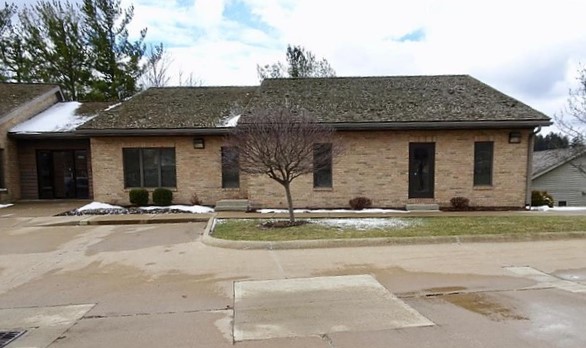Opioid Use Disorder (OUD)
Opioid abuse is a chronic disease that can negatively impact physical health, social interactions, and financial status. The chemicals themselves were created to trigger pleasure centers of the brain to mask the feeling of pain. Addiction to opioids can come as a result of legal prescribing for chronic pain management. Even when attempting to be used appropriately, the addictive potential of opioids often lead individuals down a road they never would have anticipated. The effectiveness in treating pain can often be taken over by compulsive urges to use the substances to meet the increasing demands of the body. Prescription opioids are very common substances of abuse and most often consist of oxycodone, fentanyl, oxymorphone, methadone, hydrocodone, morphine, or codeine.
Pyschological Changes
The underlying predispositions to substance abuse are not fully known. The likelihood that one person may be more prone to abusing substances over another is difficult to determine. Regardless, addiction to prescription opioids leads to a shift in priorities towards obtaining the substances at any cost. With the physical chemistry of the brain being altered by continued use, the body demands higher and higher dosages to achieve the same level of pleasure as before. This phenomenon, known as tolerance, will eventually lead to dependence. Dependence inevitably leads to withdrawal, which produces uncomfortable and painful symptoms such as muscle cramping, diarrhea, anxiety, and others. Taking too high a dose of opioids (even if tolerant) can lead to dangerous respiratory depression and risk of overdose.
Opioid Dependence is Different From Addiction
Each and every person who takes opioids chronically for pain management will become dependent. This is not the same as being addicted. The difference with addiction is that opioids are not being used for medical purposes, but for non-medical. The drugs are abused and taken inappropriately in ways that increase the chance of overdose. Once overdose occurs, prompt administration of Naloxone is key for reversing respiratory depression, unconsciousness, and brain receptor saturation. Mansfield Recovery is an addiction and recovery clinic meant to treat clients wherever they find themselves in the addiction cycle.
Call Now for a Free, Confidential Consultation
Our counselors are ready to speak with you whenever you are.
Schedule Your Initial Appointment
Find Freedom and Long-Lasting Recovery
Suboxone for Prescription Opioid Addiction
Suboxone therapy has transformed the way opioid addiction is treated within the outpatient setting. Used in combination with professional counseling and support systems, medication therapy has been shown to effectively manage the withdrawal symptoms and contribute towards a true and lasting recovery. No one should feel like they have to fight addiction alone. Our team at Mansfield Recovery assist clients each and every day who have made the decision to take back control of their lives from prescription opioid addiction. Give us a call right now or fill out our contact form and one of our counselors will be in touch shortly. When it comes to addiction, every single day matters. Don’t wait one more without seeking the professional and compassionate assistance we offer. The team here genuinely cares about our clients and we are standing by, ready to assist the next caller.
Suboxone Treatment Phases:
- Induction Phase – treatment begins under the supervision of a licensed and certified addiction physician. Administration of the first dose must take place during a state of moderate withdrawal. As individuals progress through Suboxone therapy, providers will taper and adjust dosing to optimize therapy for each client.
- Maintenance Phase – once proper dosing has been identified, the following phase consists of continuity and support in all aspects necessary for recovery. This phase demands consistency in order to maximize the effectiveness of treatment.
- Tapering – Suboxone therapy during detoxification is an essential part to avoid withdrawal and decrease the body’s need for opioids. As the need lowers, so does the administration of Suboxone. Tapering is similar to “landing the plane” as safely as possible. This takes close communication with our physicians and their medical expertise to maintain benefits of treatment and minimize the likelihood of relapse.
You Are Not Alone.
Or Request a Call From Us:
Your Information is 100% Confidential
Mansfield Recovery


